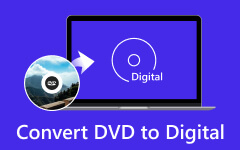Best Methods to Convert Photo Slides to Digital Images
While cleaning your attic one day, you stumbled upon a box of old photo slides. Your family members have not yet seen these valuable memories, and it is important to share them with them. To preserve these moments, you need to convert photo slides into digital images. This manual will guide you step by step through different digitization methods, making retaining your cherished memories easy.
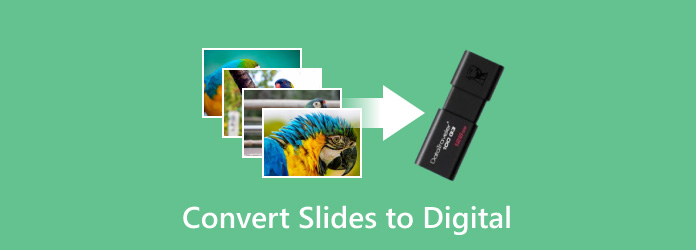
Part 1. Could Slides Be Converted Into Digital Pictures
A better means to preserve and share memories in a more accessible form is to convert slides into digital images. By having old family or archival pictures, digitizing slides can make sure that they are kept for the next generation. Here are detailed methods of converting slides into digital images:
1. Specialized Slide Scanner: These slide scanners are explicitly made for scanning photographic slides and negatives. Most of these types of scanners come with special holders meant to secure the slides during the scanning process, thus producing high-quality and high-resolution digital images.
2. Flatbed Scanner with Transparency Adapter: A flatbed scanner is a versatile device that can scan many different media, including documents, photos, and slides, using the required accessories. The transparency adapter is a special lid or insert with its own lighting system on top of it, allowing the scanner to capture all details concerning the slides and negatives. Even though flatbed scanners may not have the exact high resolution as dedicated slide scanners, they provide an inexpensive method for those who need to scan various media types.
3. Digital Camera: Another way to take photographs of slides is by using a digital camera. This process involves positioning a camera with a macro lens to take close-up shots of the slides. In order to have consistent lighting, it is necessary to use a light source placed behind the slides, such as a lightbox or homemade set-up made of white LED panels. If you already own an excellent camera and lens, this method can produce images that are high in resolution.
4. Professional Services: Several professional digitization services specialize in converting slides into digital images. These services are suitable for individuals who have many slides or want their scans done professionally. Just send the provider your photos so that they can scan them, correct the image, and bring in files for this purpose.
5. Slide Scanning Apps: Technological advancements have enabled people to use mobile applications when scanning slides. These apps utilize your smartphone's camera and a light source to do this efficiently. Additionally, most apps come with extra features like photo organization, photo and video collage maker, sharing options and cloud backup. Although initial scans may be free, full functionality usually requires purchasing one-time access rights or paying subscription fees annually for unlimited usage within any given period as per the purchase agreement terms, et cetera.
Part 2. How to Scan Slides to Digital Images
Here is a set of simple, step-by-step instructions to convert slides into digital images using the different methods discussed earlier:
1. Slide Scanner:
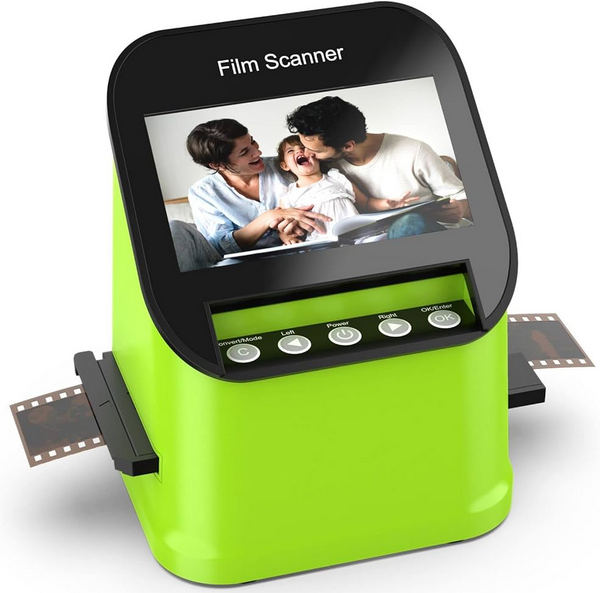
Step 1Prepare a slide scanner as directed by the manufacturer.
Step 2Load the slides into the scanner's dedicated slide holder. Open your computer's scanning software.
Step 3Make some selections like resolution and color correction from the available scan settings.
Step 4Digitize your slides and save these pictures in your computer storage.
Step 5If necessary, process those images using photo editing programs
2. Flatbed Scanner with Transparency Adapter:
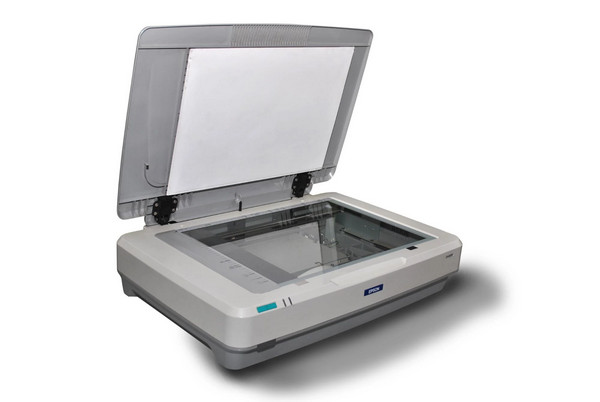
Step 1Set up the flatbed scanner and install any necessary software. Attach the transparency adapter to the scanner.
Step 2Place the slides in the transparency holder or directly onto the bed of this scanner. Then, open your computer's scanning software.
Step 3Various options for scanning slides, such as resolution and color adjustment, need to be chosen. Scan Slides and then save digital Images on a computer.
Step 4In case required, post-process images through editing tools
3. Digital Camera:
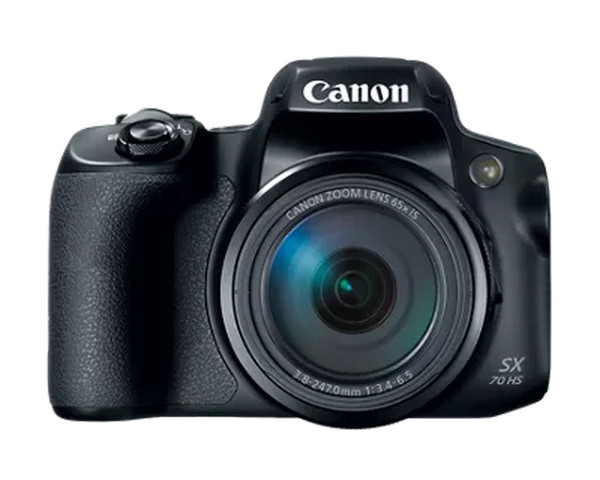
Step 1Use a lightbox or a white LED panel as your primary lighting source. Attach a macro lens to your camera and mount it on a tripod stand.
Step 2Place the slide before the light source using a slide holder. Set up your camera for proper exposure and focus.
Step 3Take a picture of the slide. Copy the photos from your camera to your computer.
Step 4If necessary, post-process them using photo editing software.
4. Professional Services:
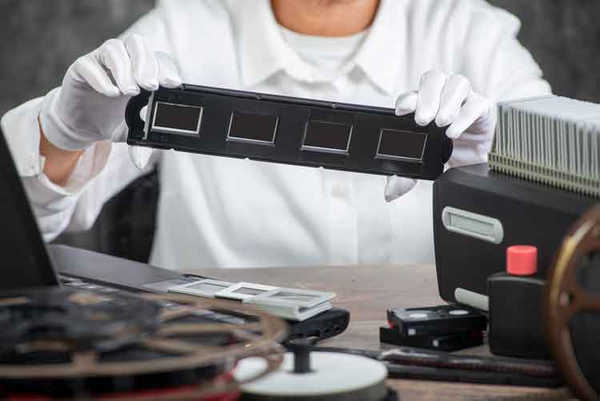
Step 1Identify and select professional firms that provide slide digitization services. If slides need to be cleaned or organized, organize them.
Step 2Follow the instructions provided by the service provider for packaging your slides and sending them to him or her.
Step 3The service provider will scan the slides and produce digital images for you. Your digital output may reach you through downloading, cloud storage, or physical media outlets such as CDs/DVDs, etc. Review and arrange your digital pictures accordingly.
5. SlideScan - Slide Scanner App:
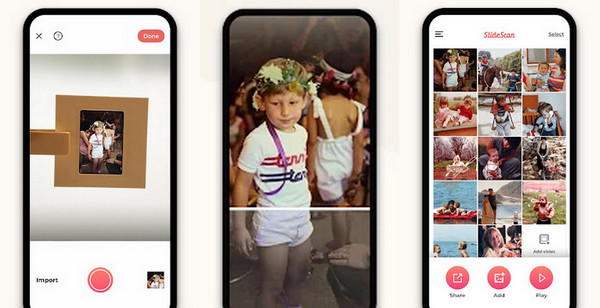
Step 1You have to download and install the SlideScan app by Photomyne on your smartphone.
Step 2When you are ready to scan slides, open the app on your phone, activate a backlight source via your computer, or use the link in the app.
Step 3Hold the slide in front of the backlight source and press the capture button within the application to scan through the slide.
Step 4The app will automatically crop, rotate, enhance, and save the slide as a digital photo. Save these newly scanned digital photos on your phone.
Step 5Share your photos and collages with people you love. Consider buying an optional paid plan for unlimited scanning and extra features if any need arises.
Bonus: Convert Your Image After Scanning Slides to Digital
Preserving memories while sharing them is an excellent approach to converting slides into digital images. After scanning those slides into digital format, you can change or alter these pictures for other purposes. For this purpose, Tipard Video Converter Ultimate is highly recommended due to its great features and user-friendliness. Below are discussed some of Tipard Video Converter Ultimate's main features and how-to-use steps.
Main Features:
- • It also supports high-resolution formats like 8K, 5K, 4K and HD.
- • Features include cropping, rotating, watermarking, clipping, collaging and adding filters.
- • One can upscale resolution, adjust brightness and contrast, or remove background noise to enhance video quality.
- • 3D effects can be added to videos for beautiful visuals.
- • Other functions allow you to compress video files, create GIFs, edit metadata, and control the speed of videos.
Detailed Procedure:
Step 1To install this software, visit its official website, download it, and launch it on your computer.
Step 2If you have scanned slide images or videos that need to be converted to another format, click the Toolbox button.
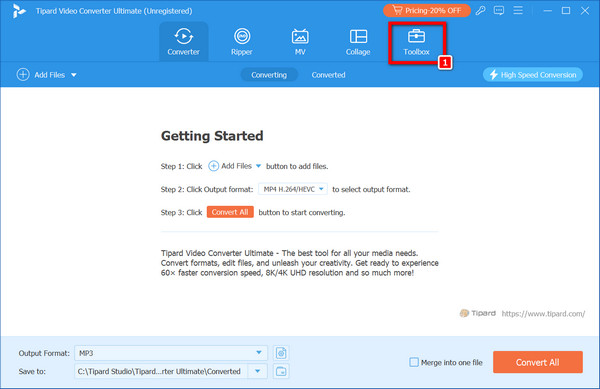
Step 3Next, locate the Image Converter option under it. A pop-up window will appear with a + button. Click on it and select the image you want to be converted.
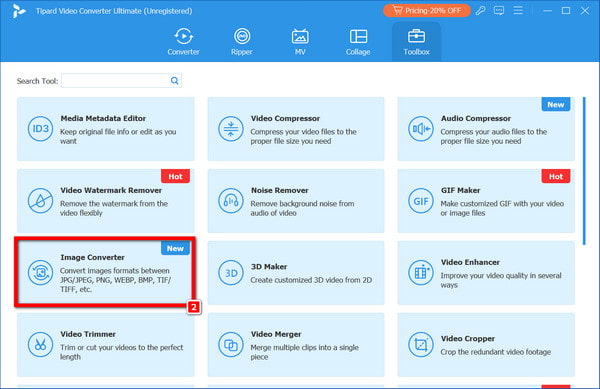
Step 4Then, after loading your image, locate the JPG option. From there, the Output Setting, including the list of image formats you can choose from, will appear.
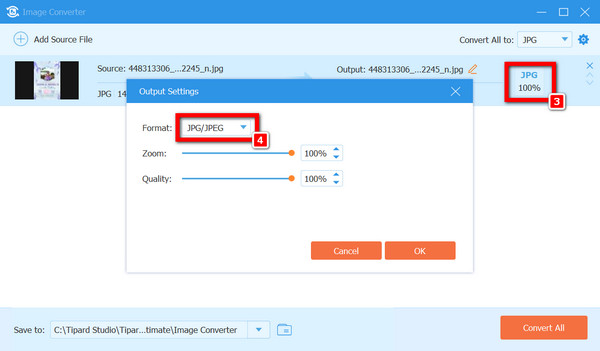
Step 5Just choose your preferred output format, and you can also adjust its quality and zoom effect if wanted; after that, press the OK button to apply the changes.
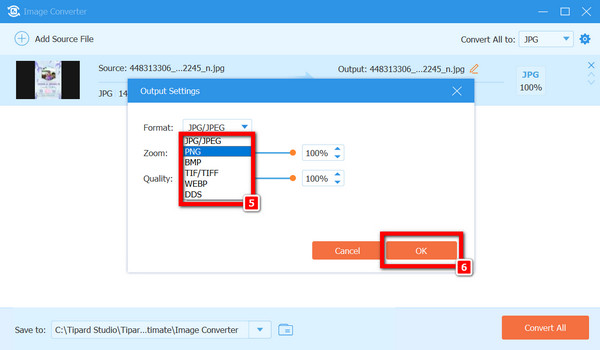
Step 6Finally, click on the Convert All button to initiate the conversion process. Kindly wait for the tool to finish, and you're done.
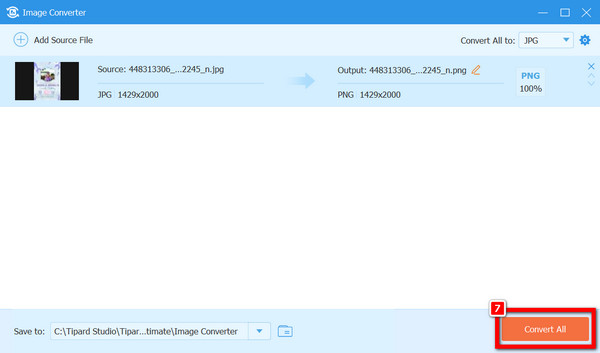
Conclusion
Preserving and sharing your most precious memories can be accomplished by using this inclusive guideline on digitizing slides. Whether you opt for a slide scanner, a flatbed scanner, a digital camera, or professional service, all lead to high-quality digital images. Start now by changing your slides into digital copies and letting future generations enjoy the same memories that kept you alive in the past!





